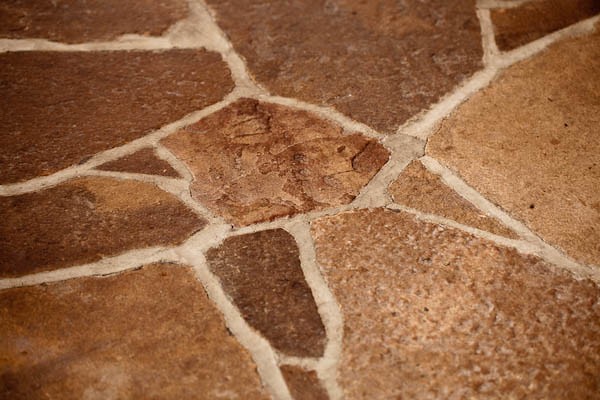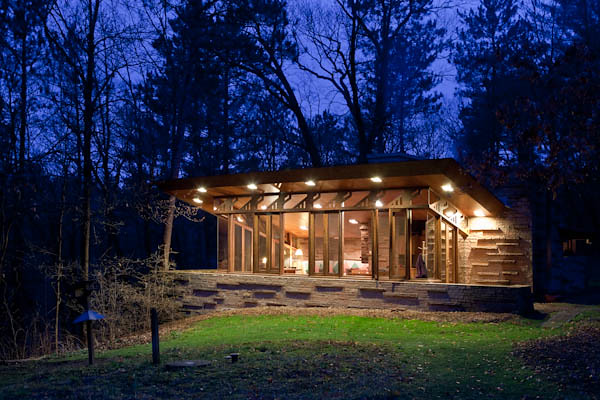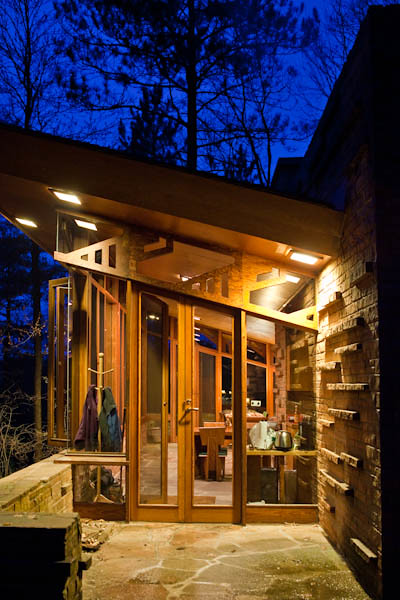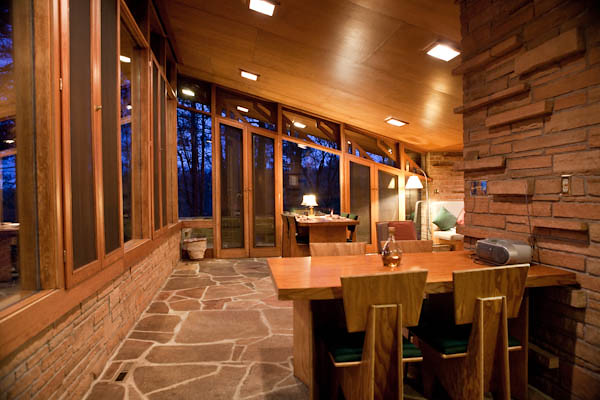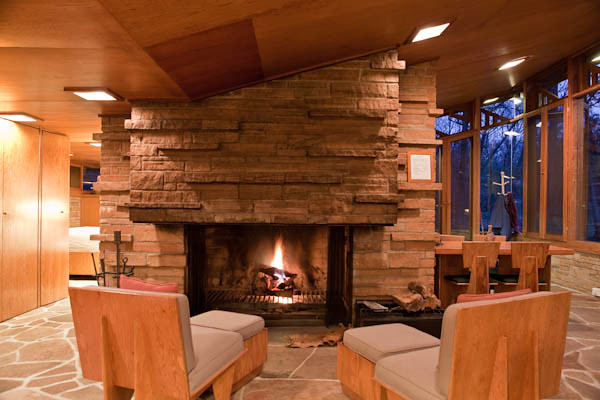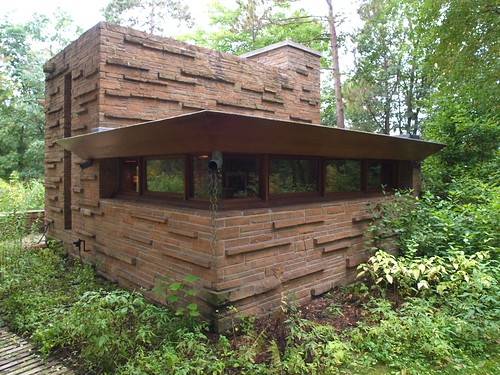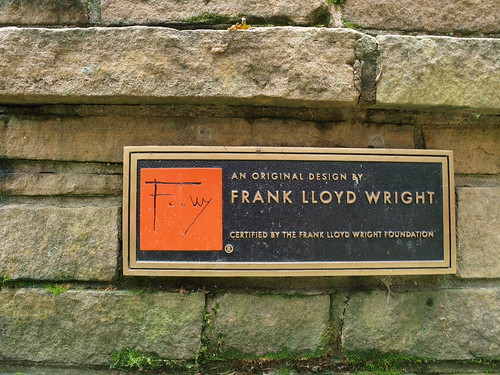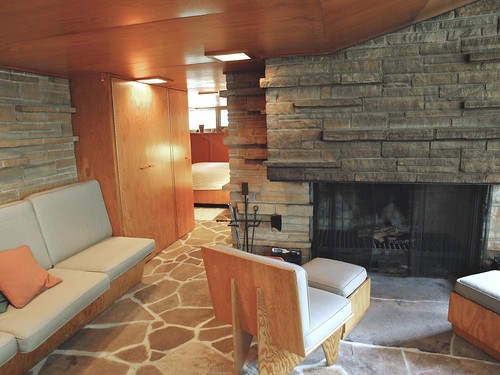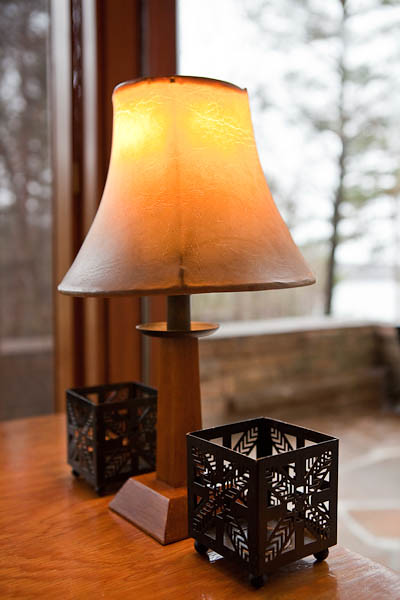
https://oleoalmanzora.com/oleoturismo-en-pulpi/ Writing by Lamp Light © 2011 Bo Mackison
http://economiacircularverde.com/que-es-la-economia-circular/ I spent several hours writing by the light cast from this small lamp while I was staying at the Seth Peterson Cottage. Whenever I paused, I could look out the many windows and gaze at Mirror Lake, which wasn’t much of a “mirror” while I was there. It had a slate gray appearance that evening, no resemblance to a reflective mirror.
While I was there, I photographed some of the details of the interior. These particular photos do not show the rooms so much as the accessories in the rooms. (In the next and final post on Seth’s Cottage I’ll include photographs from the individual rooms.)
https://www.petwantsclt.com/petwants-charlotte-ingredients/ I also wrote and sketched in my journals while I was there. A few excerpts follow:
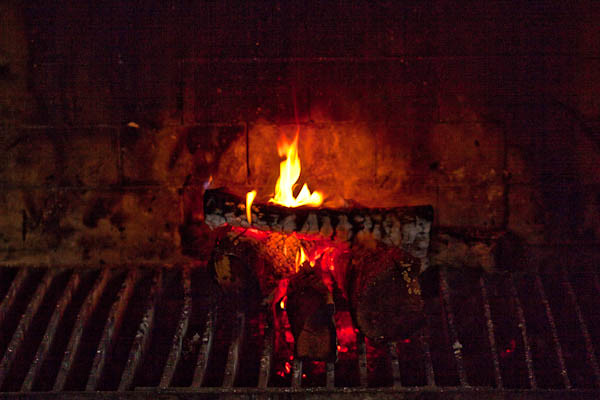
Purchase Tramadol Visa Flickering Fire © 2011 Bo Mackison
A lesson learned from lighting the fire. When lighting a fire with a full box of matches at your disposal, one doesn’t pay much attention to the number of matches it takes. If the fire doesn’t start with the first two or three matches, just keep trying until the fire catches. But when there are only six matches in the only box of matches, one plans carefully for the lighting of the logs. The kindling is laid just so, I stuff a bit of paper between the twigs for a bit of insurance, choose the smaller logs from the woodpile outside. Lots of planning goes on before I strike the first match.
I think of an analogy, comparing the starting a fireplace fire to caring for the earth. While the natural resources of the earth seem inexhaustible, there seems little need to use the resources wisely–lots of matches in the box to start the warming fire. But when the resources become threatened, endangered, the prudent thing to do would be to use them wisely, carefully, with great planning–don’t want to run out of matches before the logs are burning.
I spent way too much time trying to find patterns and pictures in the random lines of the flagstone floor. Above is my interpretation of a “radiant” star — radiant because underneath these flagstone slabs are hot water pipes that provide floor heating. There were also pennies embedded in several cracks. I fully intended to get down on my hands and knees and check out the dates on the coins, but I never did find a flashlight and the areas were rather dimly lit.
From my journal:
I am quite loving this hard stone floor. Not because it is a comfy surface to stand upon in stocking feet, but because it is toasty warm. Even though it has dropped to the low 40s and will probably hit 35˚F by early morning, the warm floor is quite special in that it is so unexpected. There are no rugs, only this unending expanse of carefully matched stone slabs.
It is so quiet. Now, nearly six in the evening, and the skies are dark with heavy, threatening rain clouds. I expected to see and hear birds, but the birds are silent. There is no radio, no television, no neighbors, no motor boats on the “no motor” lake, no internet. It is quiet, except for the popping of the fire and the occasional cloud burst.
One gets lulled by the quiet. I intend to write, but instead I find myself passing long periods of time watching the logs burn, watching the raindrops plop in the puddles on the back stone patio, listening for sounds that don’t exist. We have learned to live in a noisy world, and often pay little attention to the constant background noises that surround us. But when there are no sounds, only silence, then I notice the silence.
I hear the silence.
——————–
This is the second part of a three-part series written and photographed while I stayed at the Seth Peterson Cottage.
